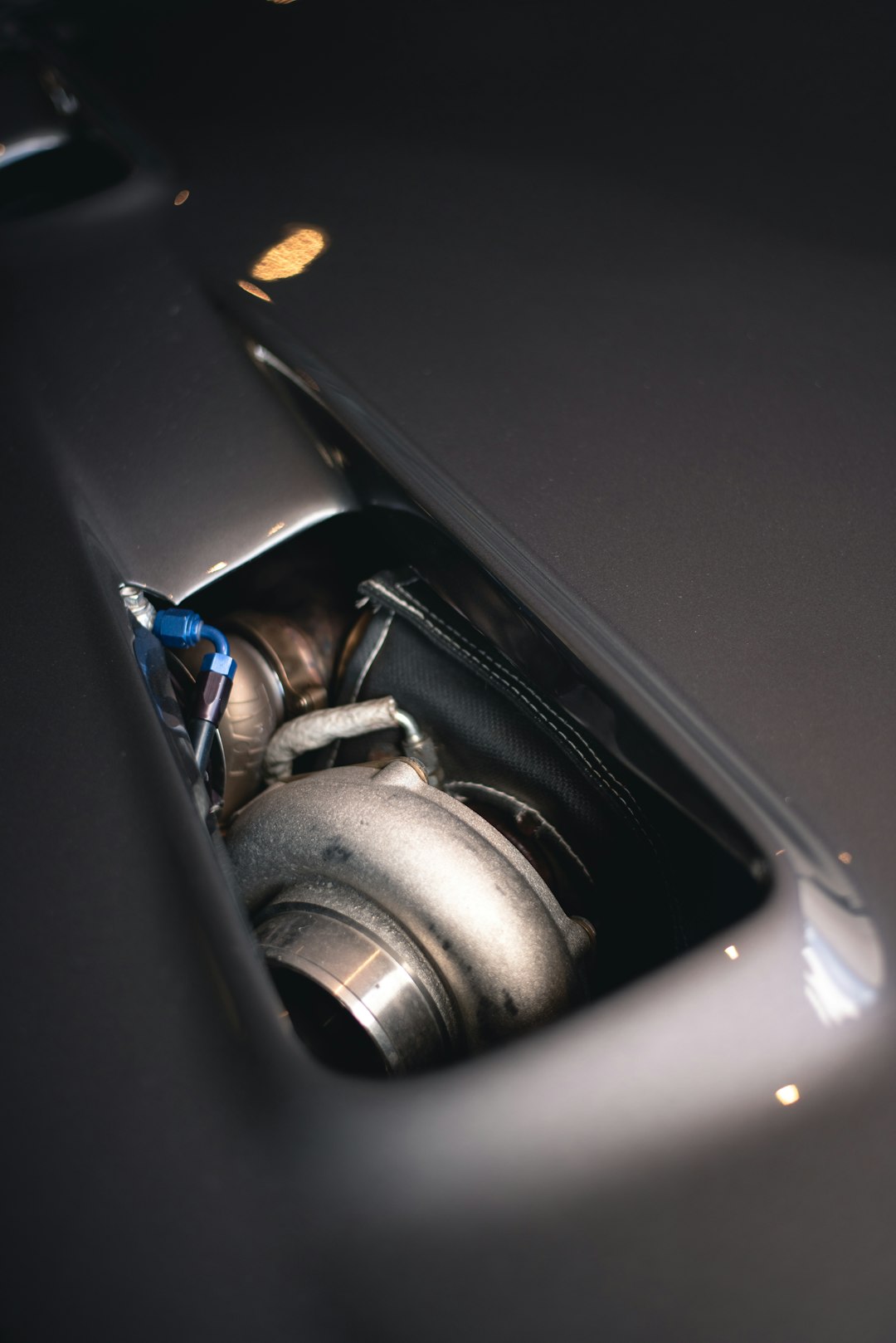Ever wondered what happens when you turn your car key or push the start button? It might feel like magic, but it’s actually a clever system at work. Let’s dive into how a car ignition system works — simply and in a fun way!
What Is the Ignition System?
The ignition system is like your car’s “start-up team.” Its job is to get the engine fired up so your car can move. Without it, you’re going nowhere.
It takes a small amount of electricity, adds some timing smarts, and creates a spark. That spark lights the fuel in your engine. Boom. Engine on!
Main Players in the Ignition Team
Here’s who’s working behind the scenes every time you start your engine:
- Ignition Switch – Where it all begins. Turn the key or press start, and this sends the signal.
- Battery – Supplies the power. No juice, no start.
- Ignition Coil – Like a power booster. It turns the battery’s low voltage into a high-voltage spark.
- Spark Plugs – These are the spark makers. They ignite the fuel-air mix inside the engine.
- Distributor (in older cars) – Sends the spark to the right cylinder at the right time.
Step-by-Step: What Happens When You Start the Car?
The magic goes like this:
- Turn the Key or Press Start – You signal the ignition system to begin working.
- Power Flows from the Battery – The ignition switch tells the battery to send power.
- Coil Gets to Work – The ignition coil takes that power and turns it into a strong electric jolt.
- Spark Plugs Fire – This jolt travels to the spark plugs that create a spark in the engine cylinders.
- Fuel Ignites – The fuel-air mix explodes, pushing the pistons and starting engine movement.
It all happens super fast. Every time you drive!
Types of Ignition Systems
There are a few different ignition systems, but let’s keep it simple:
- Conventional (Breaker-Point) – Found in older cars. Uses mechanical parts to control sparks.
- Electronic Ignition – More modern. No moving parts. Uses sensors and computers.
- Distributor-less Ignition (DIS) – No central distributor. Each spark plug gets its own little spark setup.
- Coil-On-Plug (COP) – Each spark plug has its own coil right on top. Super efficient and common today.
Why the Spark Timing Matters
The spark must fire at just the right moment — not too soon and not too late.
If it’s early, the fuel might ignite before it should. If it’s late, the engine power suffers.
Modern cars use sensors and computers to get the timing just right. It helps the engine run cleanly and efficiently.
Signs of Ignition Trouble
How do you know your ignition system needs help? Watch for these signs:
- Hard starts or no start
- Rough idling
- Loss of power while driving
- Popping or backfiring sounds
- Check engine light comes on
If you notice these symptoms, it’s smart to have your ignition parts checked out.
Fun Fact!
The spark plug fires about 1,500 to 3,000 times per minute while you’re driving. That’s like throwing miniature lightning bolts over and over!
Wrap-Up
So there you have it. The ignition system is what brings your engine to life. It all starts with a simple key turn or button press, but a detailed process kicks off behind the scenes.
Thanks to electric sparks, clever timing, and good engineering, you hit the road every day without a second thought. Pretty cool, right?
- Is Crushon AI a Safe Platform to Use? Explained - November 24, 2025
- Why GeForce Experience Installs Every Time You Open It - November 24, 2025
- Is the NVIDIA RTX 3050 a Good Graphics Card? - November 22, 2025
